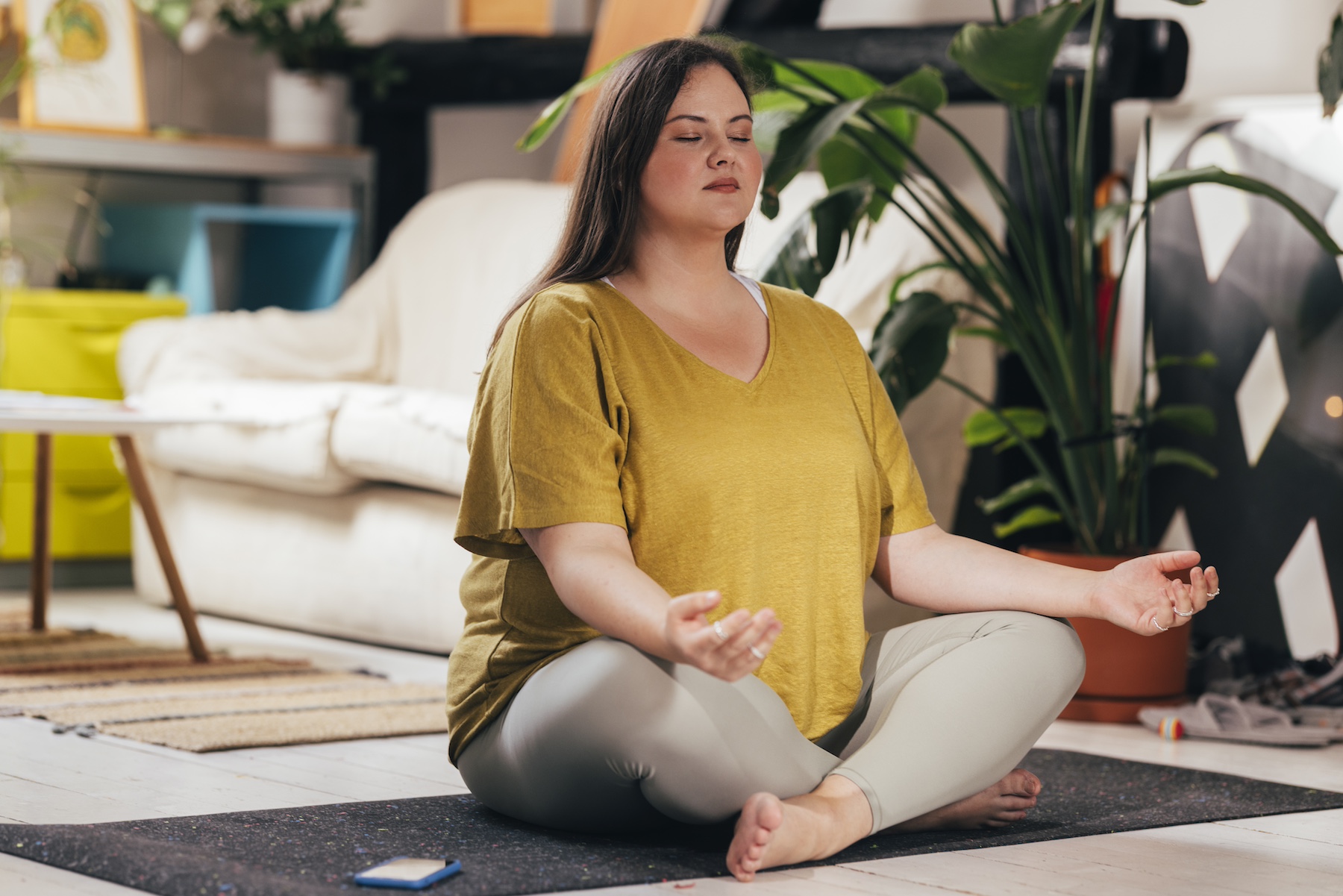
# The Art of Walking Meditation: A Revitalizing Path to Mindfulness
Meditation is frequently linked to stillness, tranquil environments, and profound self-reflection. For ages, individuals have sat in utter silence, eyes closed, practicing mindfulness. Yet, not all meditation necessitates being stationary. Walking meditation, a less commonly practiced but equally significant method, provides a vibrant approach to mindfulness—one that encourages individuals to engage with their movements and environment through enhanced awareness.
In this piece, we explore the realm of walking meditation, its comparison to traditional seated meditation, and the advantages you may gain by integrating it into your daily life.
## **What Is Walking Meditation?**
Walking meditation is a type of mindful movement where practitioners concentrate on the act of walking rather than an outside objective. Unlike a typical walk, which commonly functions as a means of transport from one location to another, walking meditation redirects the attention inward. Each action serves a purpose: the lifting of a foot, the shifting of body weight, the sensation of the ground underfoot.
This practice is deeply entrenched in Buddhist traditions, especially within teachings from Zen and Theravāda Buddhism. In these traditions, monks have long utilized mindful walking to sustain awareness between periods of seated meditation. Nowadays, walking meditation is practiced in various environments, from meditation retreats to casual strolls in urban parks.
## **How Walking Meditation Differs from Seated Meditation**
For many individuals, meditation is identified with sitting in silence, concentrating on breathing. While this approach is beneficial, it can sometimes be taxing for those who find it hard to remain still for extended periods, experience discomfort, or struggle to calm their thoughts.
Walking meditation presents an alternative by incorporating movement into mindfulness. Rather than closing your eyes and focusing inward, you engage with every step, harmonize movement with breath, and embrace the present through the cadence of walking. This practice can be particularly conducive for those who find conventional seated meditation too confining or challenging to do regularly.
## **The Benefits of Walking Meditation**
Walking meditation offers a range of physical, emotional, and mental benefits. Below are some key advantages you might experience:
### **1. Enhanced Focus and Awareness**
As we partake in walking meditation, we draw our attention to bodily sensations—how the feet connect with the earth, the alignment of our spine, the motion of our arms. By cultivating awareness of these apparently simple movements, we train our minds to remain engaged, boosting overall concentration in daily activities.
### **2. An Alternative for Stress Relief**
Life today is swift, and stress can build up quickly. Walking meditation acts as a natural stress-relief method, as it merges movement, intentional breathing, and mindfulness. Research has demonstrated that blending physical activity with meditation practices can significantly alleviate anxiety levels.
### **3. Strengthened Mind-Body Connection**
Many individuals navigate their day detached from their bodies, ensnared in thoughts, alerts, or to-do lists. Walking meditation enables individuals to connect with their body’s inherent rhythm, enhancing posture, breathing habits, and movement consciousness.
### **4. Broader Accessibility to Meditation**
For those who find traditional meditation challenging due to discomfort or fidgetiness, walking meditation provides a remarkably flexible option. There’s no need for a meditation cushion or a serene room—just a space to walk and a dedication to staying present with each step.
### **5. Fosters Creativity and Clarity**
Numerous great minds, from philosophers to artists, have walked to clear their heads and ignite creativity. Walking meditation facilitates a similar kind of mental clarity, diminishing mental chaos and creating room for new ideas and inspiration.
## **How to Practice Walking Meditation**
Embarking on the practice of walking meditation is straightforward. Here are some steps to help you begin:
### **1. Select Your Location**
Identify a tranquil and secure place to walk, whether it be a room in your home, a garden, a park, or a quiet street. Ideally, the area should be devoid of major distractions.
### **2. Stand Quietly and Set an Intention**
Start by standing still for a few moments, taking deep breaths, and determining an intention for your practice. This could involve mindfulness, stress relief, or boosting self-awareness.
### **3. Concentrate on Each Step**
As you initiate walking, focus on the movement of each foot:
– Slowly lift one foot.
– Move it ahead.
– Gently place it down on the ground.
Repeat this action with full mindfulness, paying attention to how your weight shifts from one foot to the other.
### **4. Coordinate Your Breath with Your Movements**
Align your steps with your breathing. For instance, take a deep inhale while lifting one foot and exhale as you set it on the ground. Synchronizing breath and movement cultivates a deeper sense of mindfulness.